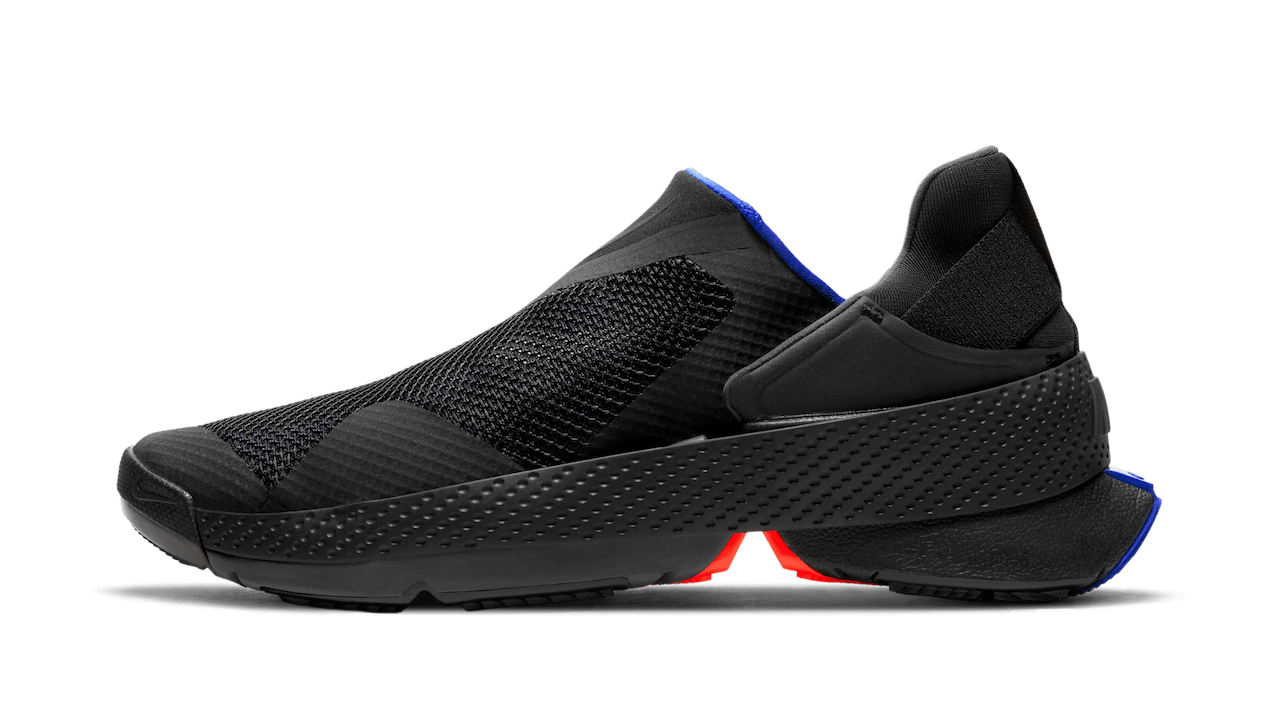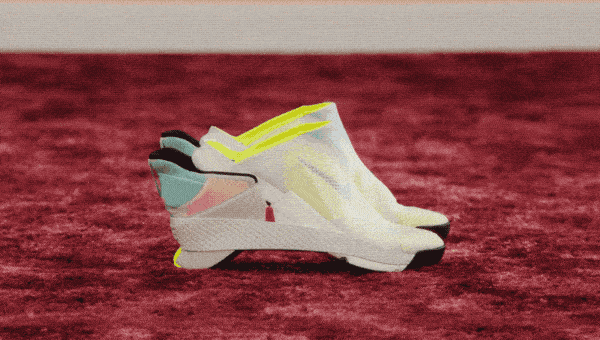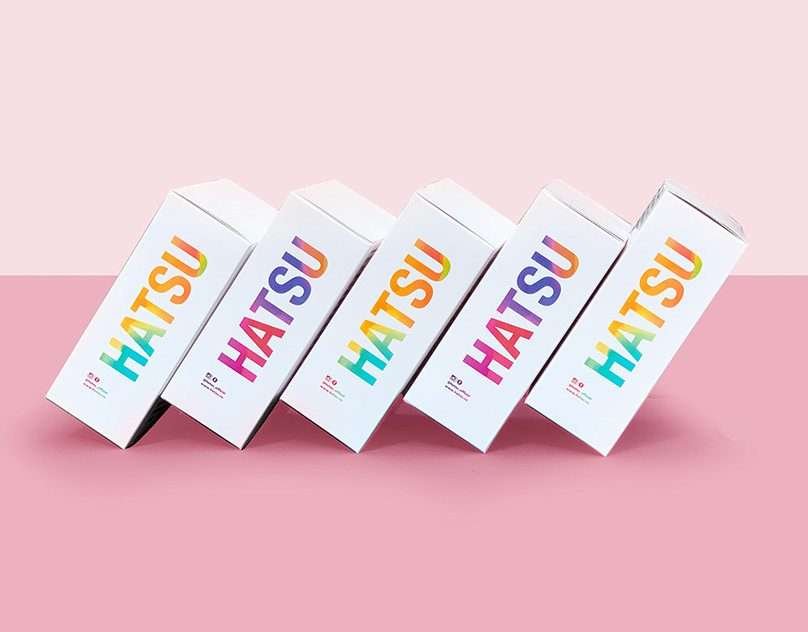The latest edition of Nike’s step-in style has revolutionized how we put on shoes.
Nike has released hands-free sneakers that revolutionize how athletes put on and take off their shoes. The laceless Nike GO FlyEase provides a simple slip-on fit while also offering adequate ankle support.
The GO FlyEase is the newest addition to Nike’s FlyEase range of easy-on and easy-off shoes. Matthew Walzer, a cerebral palsy adolescent entering his junior year of high school 2012, was the inspiration for the collection. According to Nike, he was afraid about going to college without being able to tie his shoes on his own; so the company designed a model that was simple to put on and take off.
Nike used FlyEase technologies in more than 20 footwear designs across basketball, running, and sportswear since their launch. Nike has pushed the boundaries even further after years of development and several variants. For instance, last year’s Air Max FlyEase, included laces that only had to be knotted once.
Easy and Simple
These shoes were in collaboration with athletes and are the result of everyday observations, mostly athletes removing their shoes. According to Nike, it was also motivated by a recent awareness of people not wanting to touch dirty surfaces COVID-19. It also mentions that friends and family who had completed the third trimester of pregnancy were on their minds.
The GO FlyEase has a bi-stable hinge that splits the shoe into two sections, combining multiple benefits in a patent-pending, simple design. The “kickstand heel” snaps into place when the wearer slides their foot in, replicating the action many people do instinctively to kick off their shoes.
The GO FlyEase has a tension strap and a ‘diving board’ at the sole that maintains a continuous footbed and a snug fit instead of traditional laces. You can perform all of these motions without the need for hands. Therefore, it makes it simple for athletes of all abilities to put on the shoe.
With the GO FlyEase nearing release, we spoke with Nike about their FlyEase innovations, how they’ve used them in their designs, and their next hands-free footwear.
How did real athletes’ input and testing influence the creation of the Nike GO FlyEase models that followed?
“Nike always begins by listening to the athlete’s voice,” says Nike. For our FlyEase offerings, we’ve received a lot of positive feedback and won a lot of awards, but we’ve also heard from athletes* about how we might improve. The original Nike FlyEase shoe was to work with just one hand with restricted mobility, but what if you don’t have any? Last year’s Air Max FlyEase had laces tied once, but might we go from once to never this time? These are the types of challenges that we enjoy at Nike, which’s why we believe that better is only temporary.
Everyday observations about convenience and how individuals reflexively kick off their shoes with the opposite foot inspired our design team. Our Asian teammates also influenced the team, as did the Japanese custom of removing shoes periodically during the day. Lately, in the age of Covid, we’ve realized that wearing shoes without hands means touching one less surface. Our friends and relatives who had made it through the third trimester of pregnancy had also motivated us.”

What were the biggest hurdles in developing the Nike GO FlyEase in terms of design and materials?
“We’re incredibly happy of inventing a product that appears to the wearer to be so simple and intuitive. But it was a wonderful challenge to make that happen,” Nike says. It began as a basic prototype, a split Roshe with a hinge and a rudimentary band, submitted to design challenge.
Before arriving at the final design, it took years of collaboration and refining, involving some of the world’s best engineering and design expertise. The Nike GO FlyEase is mechanically complex, yet it’s also stunningly easy and intuitive to use without the need for instructions. We do have these competitions for our design team regularly addressing a range of various difficulties, but that specific one was a hands-free challenge.”

What aspects were considered when designing these shoes in terms of sustainability?
“Everything on this shoe is from our current stable of footwear materials, including innovative components like the hinge/tensioner; to ensure the shoe can eventually be merged into Nike Grind at the end of its wear cycle,” says Nike.
Read more on Archup:
Dubai’s long awaited new luxury hotel, ME Dubai, is open for business from March…
‘The Barn’ – this cleverly converted sandstone barn in Hobart, Tasmania is a cosy…
Remarkably Designed Home: The House P By Heiderich Architekten








